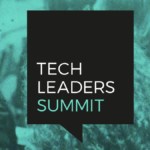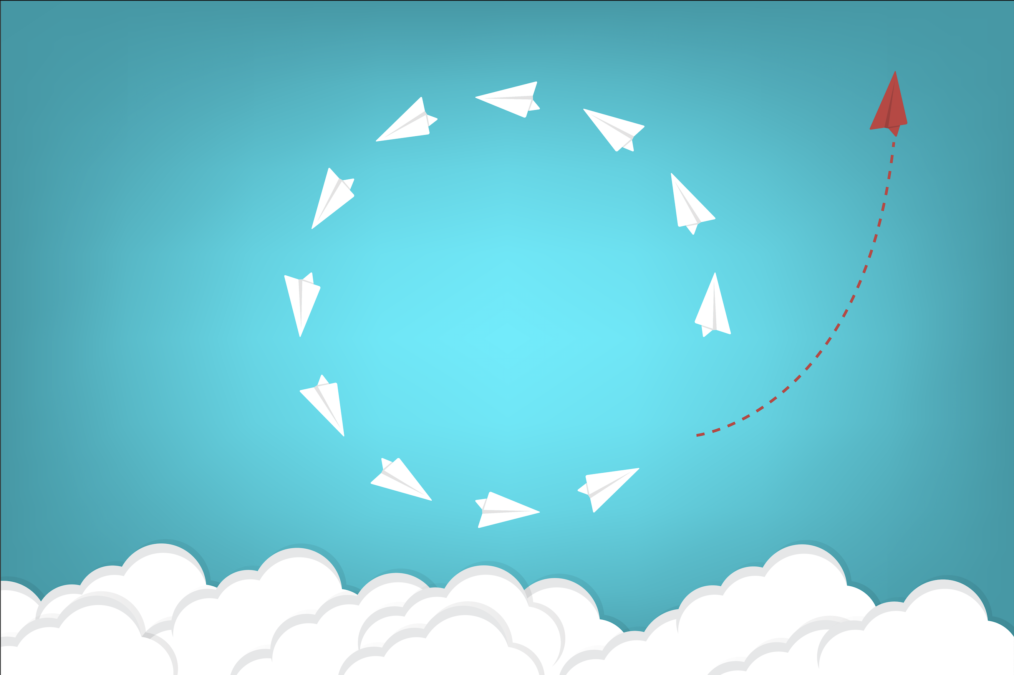In business today, gathering data and exploiting it is the name of the game. Data should be driving decisions and digital transformation. But, how can organisations tap into the increasing expanse of data available in the internet economy? The IoT, big data and artificial intelligence are just three ‘solutions’ that can aid businesses in gathering, accessing and exploring this increasingly precious resource.
Blockchain — the online transactional ledger — is a relative latecomer to the party, but, the technology has serious potential in this great data game; particularly regarding security.
What is blockchain — the technology behind Bitcoin?
Integrating IoT with blockchain
Integrating IoT with blockchain is practical, it can and should be done — depending on the use case.
There are billions of internet-connected devices in the world, and more on the horizon. It is estimated that by 2022, there will be over 50 billion IoT devices in operation — the problem isn’t the amount of data being generated. Bits and bytes are not in short supply. What is scarce, however, is trust and security.
“Processing power is an available commodity, but trust and security is something that is limited. There is a need for something that is resilient, tamper resistant and secure,” explained Hugh Simpson, Global Solutions Lead — Data & Analytics, AI, Industry 4.0 — at Ciklum, referring to the potential for blockchain technology.
Internet of things and blockchains: help or hindrance?
What’s the problem you’re trying to solve?
IoT and blockchain: it sounds like a magical and alluring combination. But, don’t be fooled by shiny technologies. Beware of false prophets. As with anything, first identify the business problem you’re trying to solve and then select a technology solution to solve it — not the other way round.
“What are you trying to achieve from a business perspective,” asks Simpson? “Once you’ve answered that, it will dictate whether you need to integrate IoT and blockchain.”
How blockchains are redefining cyber security
So, where can these two technologies solve the most pervasive business problems? Answer: in asset intensive industries. Whether it’s a physical industry such as transport, road, rail and mining, or a digital industry, like music or media entertainment content, integrating IoT and blockchain adds improved security and trust. It also enables the replication of data — the process of storing data in more than one site or node, which is useful in improving the availability of data. With regulations like the GDPR, as well, the blockchain can help organisations maintain control of their data.
In asset management, combining these two technologies improves the possibility of edge processing — a growing trend where organisations are running analytics at the coalface or on the train tracks — at the edge. This secured insight is then transferred back to the organisation, where it can be used to drive value.
“The blockchain is not a solution for everything” — Simpson
Trust and security
No technology will be able to guarantee complete protection. But, by securing data on the decentralised system, the use of blockchain does reduce the risk considerably.
“Blockchain improves the audit trail of assets,” explains Simpson. “Take a very simple use case of a pump on a truck in a mine — by decentralising the asset and processing, you’re not relying on an centralised cloud-based solution for asset information and authorised users can see the audit trail of when that pump is maintained, how it’s been used, what it’s been used for. All of that data can better inform your decision making process,” he said.
The interplay between emerging and mature technologies: AI, blockchain and the cloud
The economy of things
The impact of blockchain will not be transformational unless it’s integrated with other technologies, like the IoT — it’s better to be part of a team. In this network made up of billions of players, blockchain can work seamlessly to create the Economy of Things:
1. Build connected instruments/devices
2. Create sensor networks
3. Collect the data
4. Optimise the assets
5. Finally, progress to the monetisation of these assets
The blockchain pulls this economy together, in a secure, trustworthy and a traceable way.
 Tech Leaders Summit
Tech Leaders Summit
On 12 September, Information Age will once again host Tech Leaders Summit at the Royal Lancaster Hotel, London. This year, speakers at the UK’s most innovative tech leadership conference — including the CTOs of RBS and Ofcom and Sarah Burnett from Everest Group — will help dissect subjects, such as intelligent automation, emerging tech, agile and cultural transformation. With plenty of opportunties to network throughout the day, this event is not be missed. To find out about the latest innovations and how to lead your organisations and customers through the disrupted era, register here.







